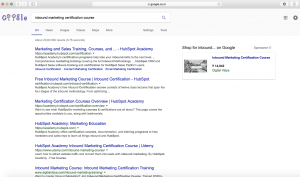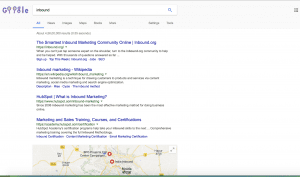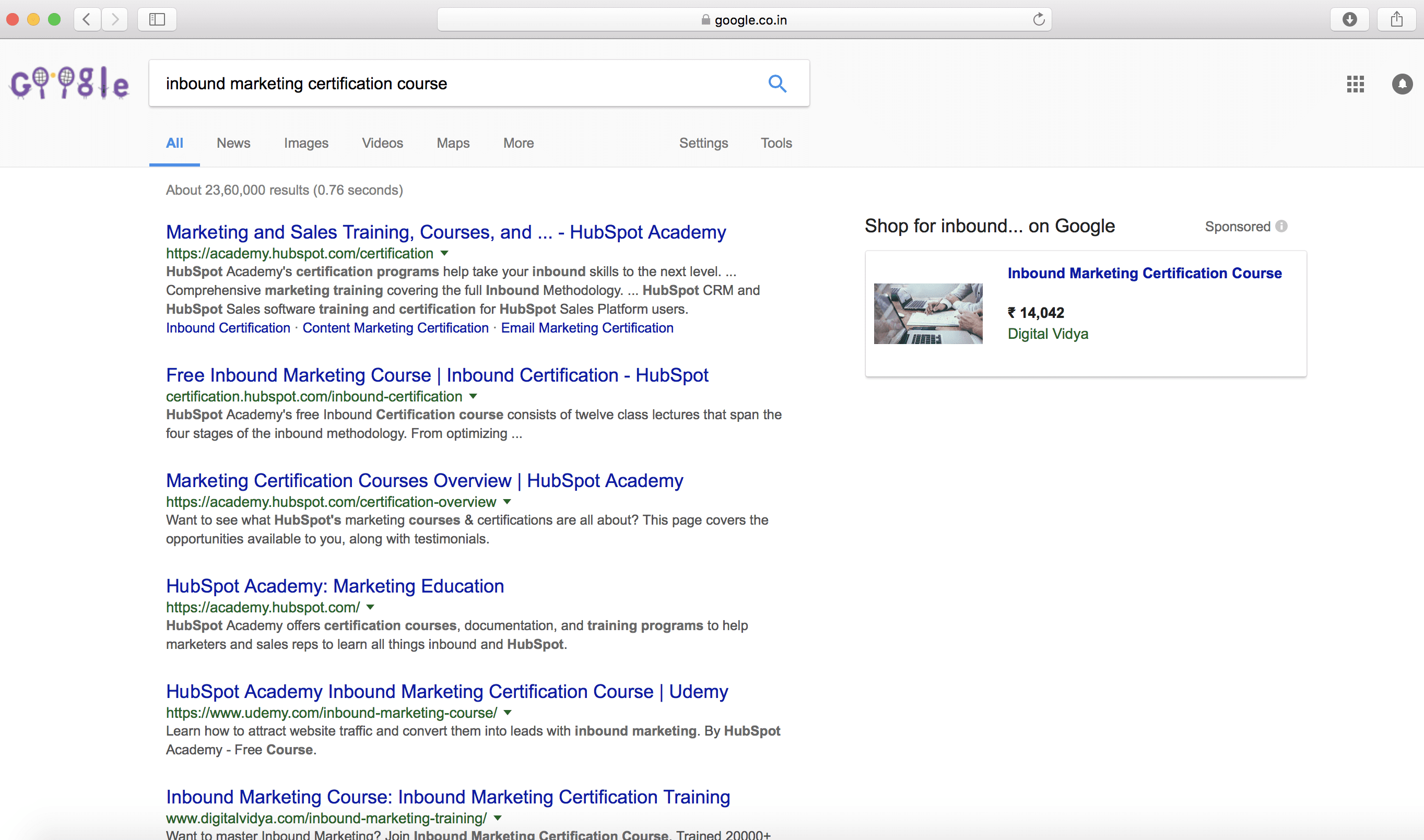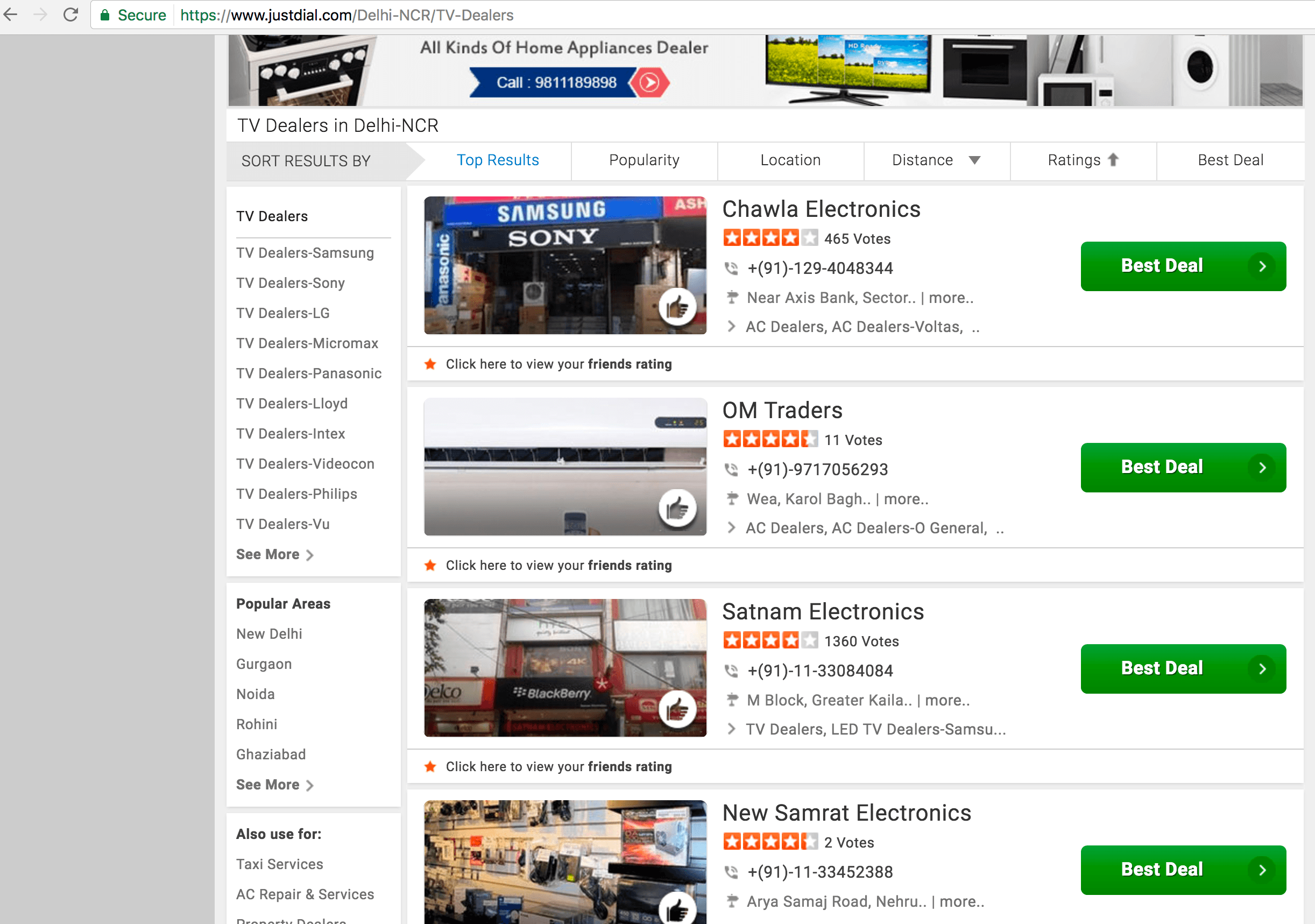In the previous chapter of our inbound marketing certification course we have discussed about use of long tail keywords for new websites and short tail keywords being a part of it will automatically help in your SEO Analysis.
In this post, we would be looking at the difference between them based on 8 parameters that we think can be critical for your SEO analysis. These are namely Search Volume, Click through rate, CPC, average position, cost per acquisition, page ranking, ROI and awareness


long tail keyword- inbound marketing certification course


Short Tail keywords
What is better for your website long tail keywords or short tail keywords?
-
Search Volume
-
Long Tail Keywords
We like to type a few words or letters and like Google to detect them which means long term keywords are going to be searched less. We can also use Probability to explain this. Suppose we search for- benefits of inbound marketing strategy. This keyword is made up of 6 words. Obviously, chance of writing a 6-word keyword is much lesser than a word letter keyword. After 3 worded number of searches go down.
However, this doesn’t mean that search volume for long tail keywords is 0. It can be in hundreds.
-
Short Tail Keywords
We can easily agree upon the fact short tail would have large number of searches. We like to search books, marketing, legal as keywords. These keywords represent the broad space. As the number of words increase keywords tend to become more specific. These can have monthly searches of lakhs across the globe.
2) Click Through Rate
-
Long Tail Keywords
These have much higher click through rate as these keywords tend to be very specific. They can represent the mind of the user who is searching for it.
-
Short Tail Keywords
These tend to have a lower click through rate as these are pretty broad terms. Suppose you search for inbound marketing strategy. The search engine doesn’t know whether user is searching for getting it implemented for its website or he wants to learn about the term. It would get more broader if he just searches for inbound marketing
3) Cost Per Click (CPC)
-
Long Tail Keywords
If you place an advertisement, these tend to have lower CPC as searches are relatively lower than short tail keywords. Also, there relevancy is higher being specific keyterms.
-
Short Tail Keywords
They have higher cost per click as they have higher number of searches
4) Average Position
-
Long Tail Keywords
We can talk about average position in terms of organic SEO ranking and Ads placement. In terms of organic SEO ranking, they are easier to rank upon as searches are low and therefore it is easier to have a higher average position. In terms of ad placement, they tend to rank higher and mostly on top of page.
-
Short Tail Keywords
It is difficult to get a higher average position both in terms of organic SEO ranking and advertisement placement, as searches and competition is more.
5) Cost per Acquisition
-
Long Tail Keywords
It tends to be lower here. The reason is simple. First, you have less number of searches and therefore, lesser amount is needed to rank higher. Second, it is more specific to the user and therefore, they like going to a website which is relevant to what they want exactly. This ultimately helps in your SEO analysis.
-
Short Tail Keywords
Tend to have a higher Cost per acquisition because of their broad nature and higher number of searches.
-
Page Ranking
-
Long Tail Keywords
It is easier to rank using long tail keywords as these would have less number of searches and therefore, businesses use them less in their business. However, given they are specific to your content they can help you get a higher ranking and more traffic.
-
Short Tail Keywords
Using organic SEO ranking method, it is difficult to rank in them. Competition here is high and therefore, it is better for new businesses to avoid them while doing SEO analysis. They would automatically get covered as a part of your long tail keyword. Suppose, benefits of inbound marketing strategy is a long tail keyword. It covers inbound marketing as well. Therefore, Long tail keywords automatically take your need of short tail keywords.
-
ROI
-
Long Tail Keywords
They have better ROI as advertisement is available at lower cost and click through rate is higher because, of being more specific to user.
-
Short Tail Keywords
ROI is lower because of higher searches, higher costs and lower click through rate
-
Awareness
-
Long Tail Keywords
Long tail keywords have lesser number of searches; however, it is easier to get your ad and organic SEO ranking to top page.
-
Short Tail Keywords
They have higher number if searches, but difficult to get your Organic SEO ranking and ad on top. ‘
Therefore, when we talk about which helps in getting more awareness answer can depend upon nature of business and kind of keywords you would like to spend.
For learning more you can visit our inbound marketing certification course. In case you need any help on SEO analysis or getting your rank higher using organic SEO ranking and digital marketing please contact The Buzz Stand Team.






